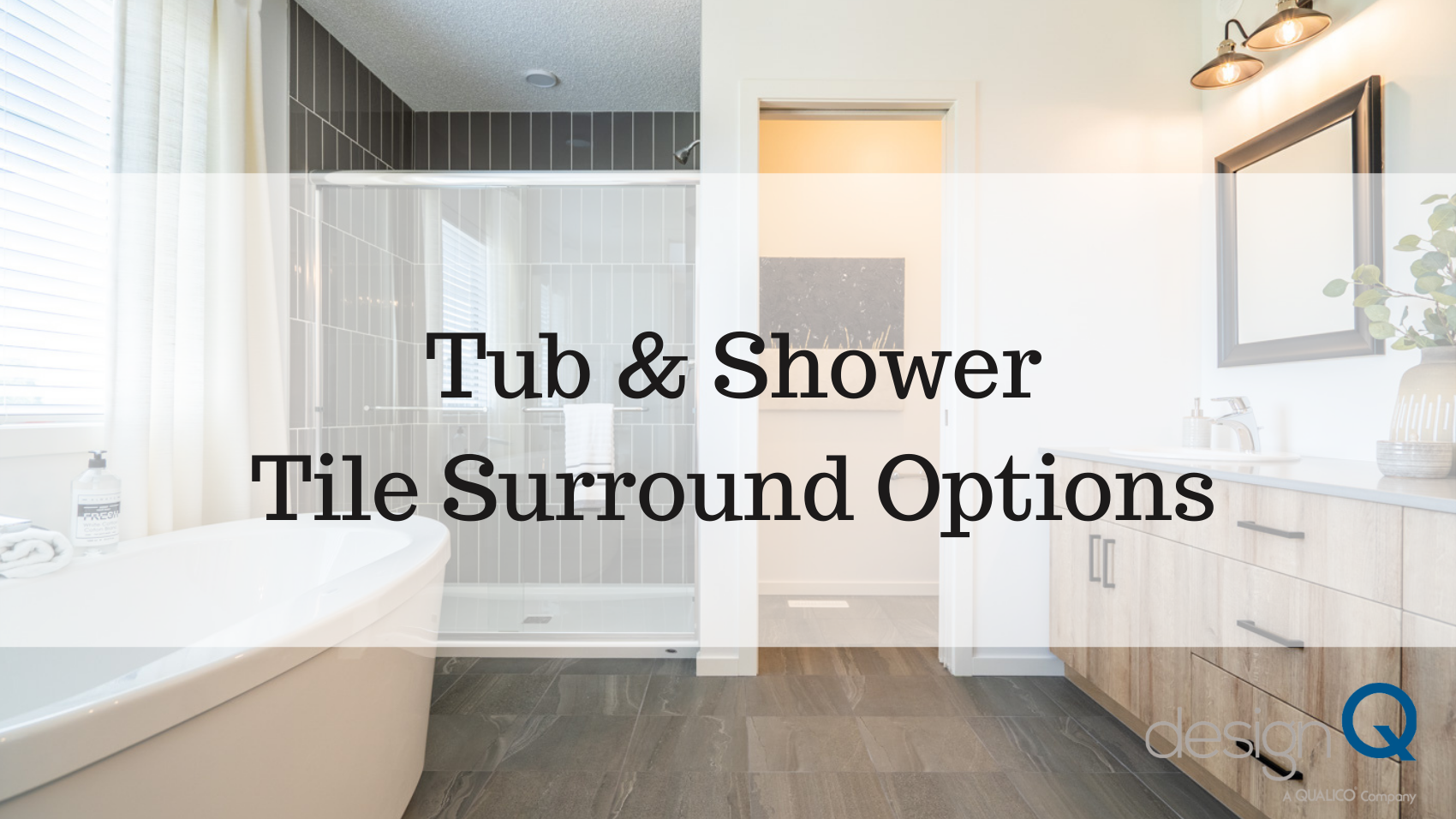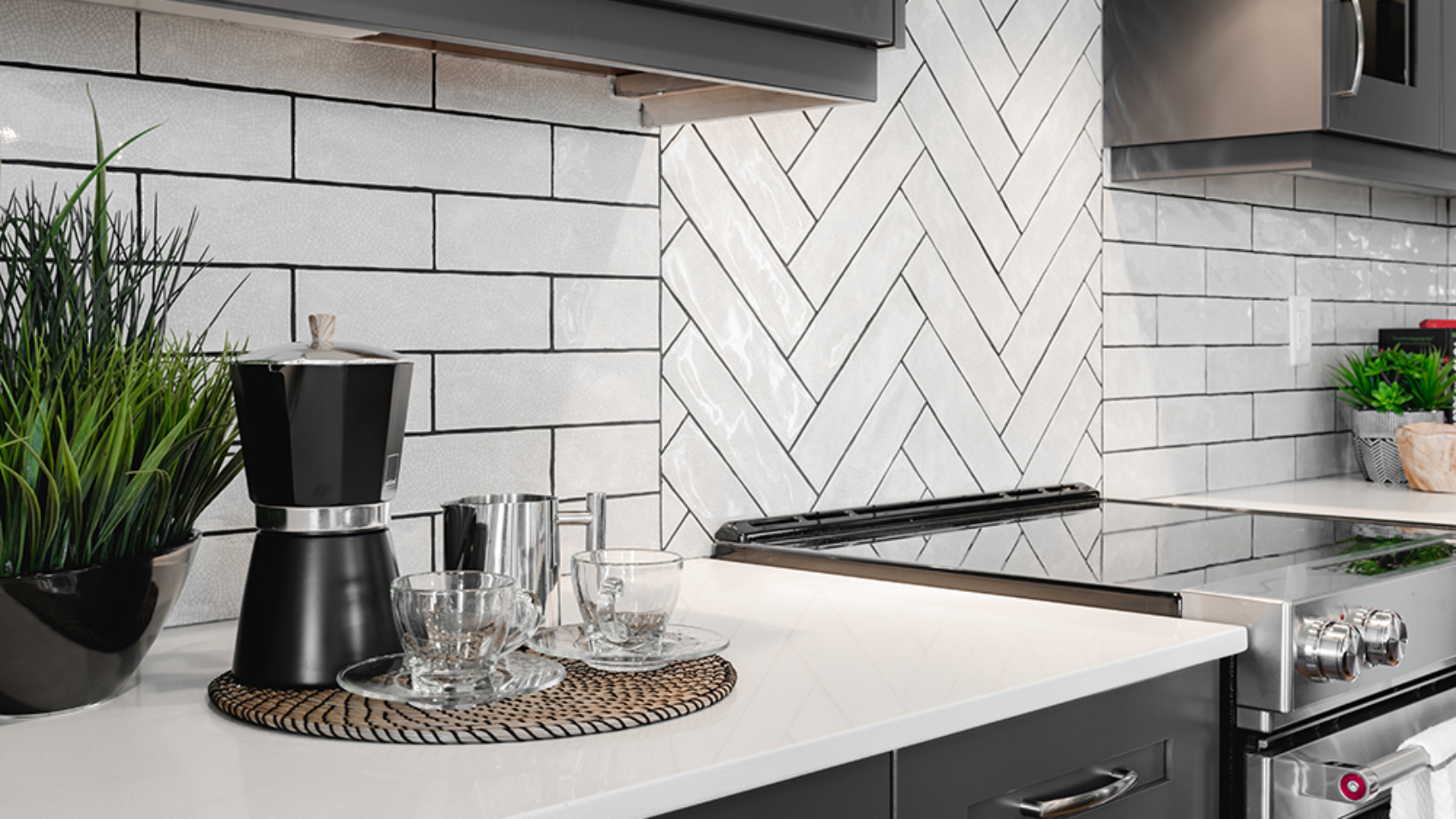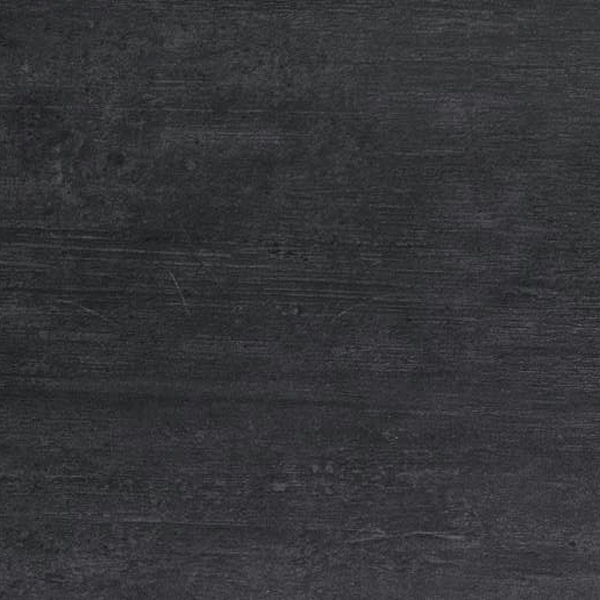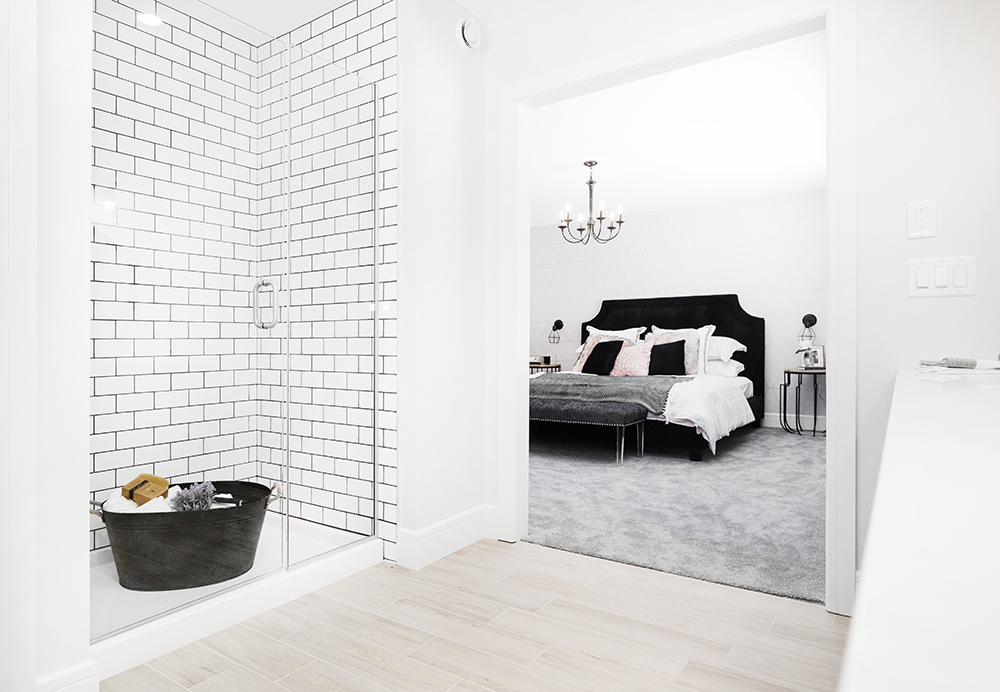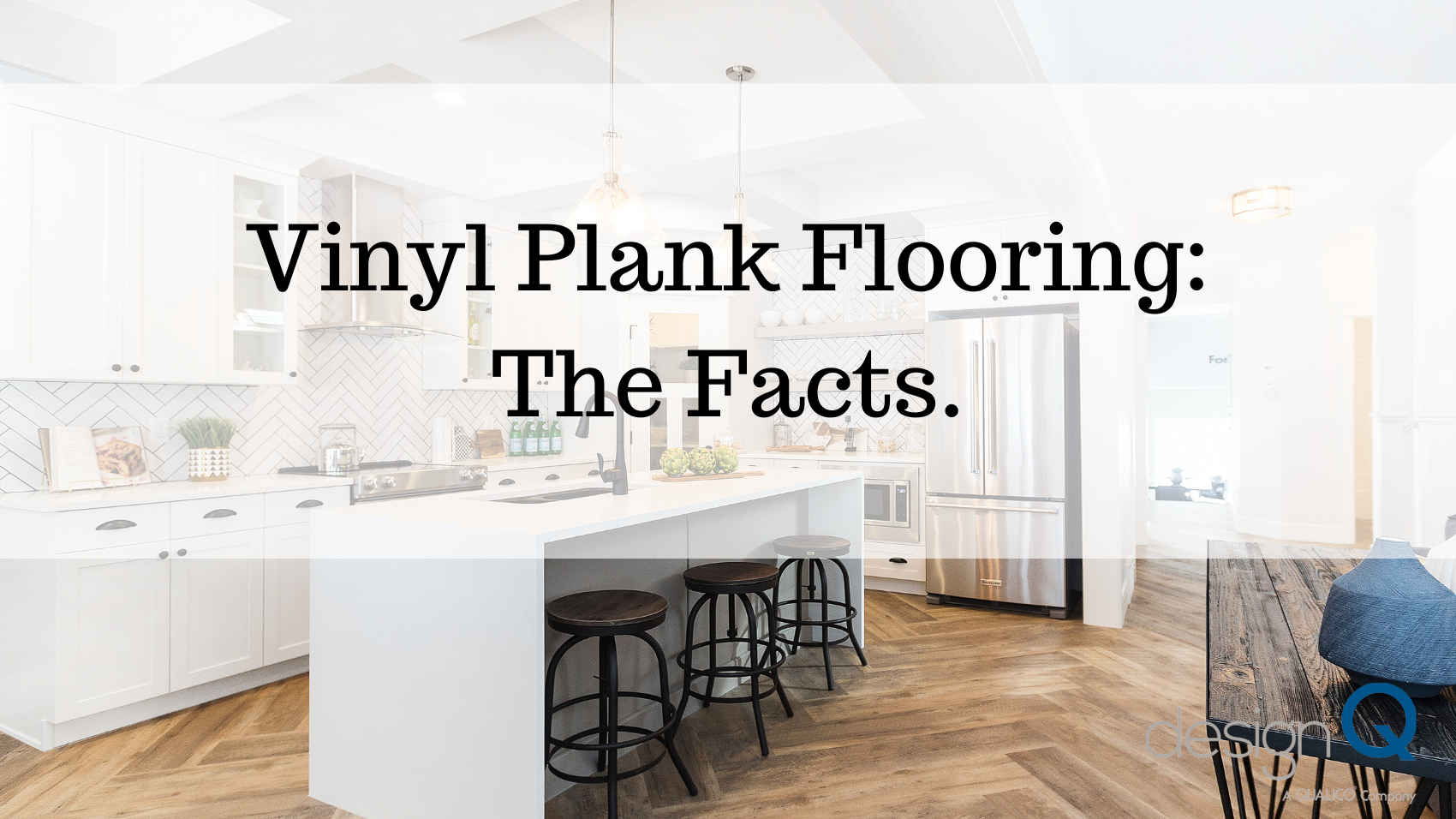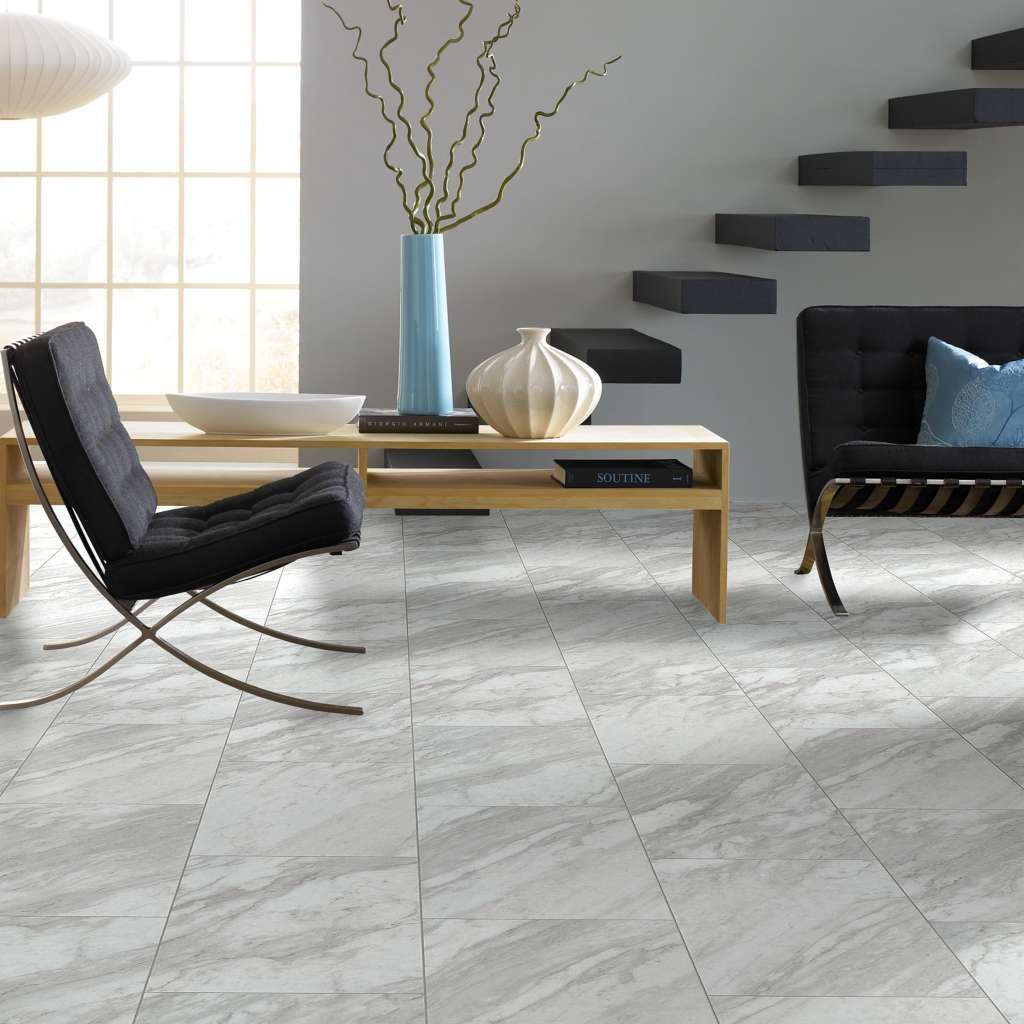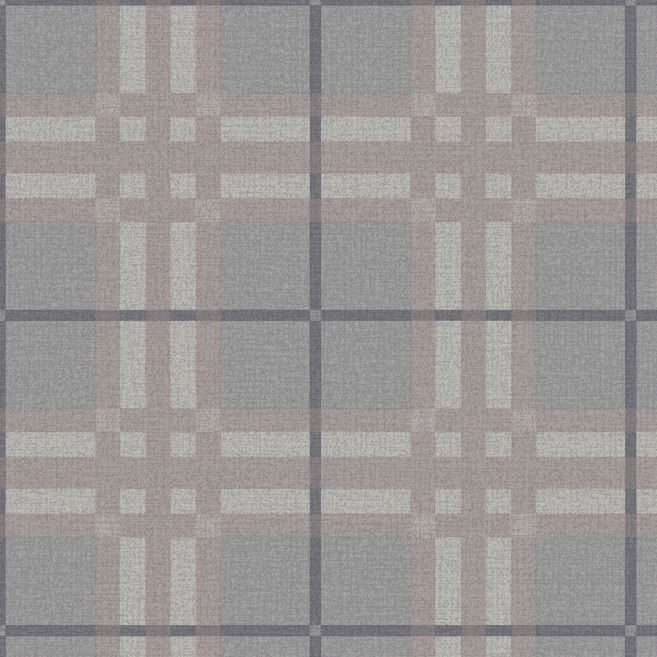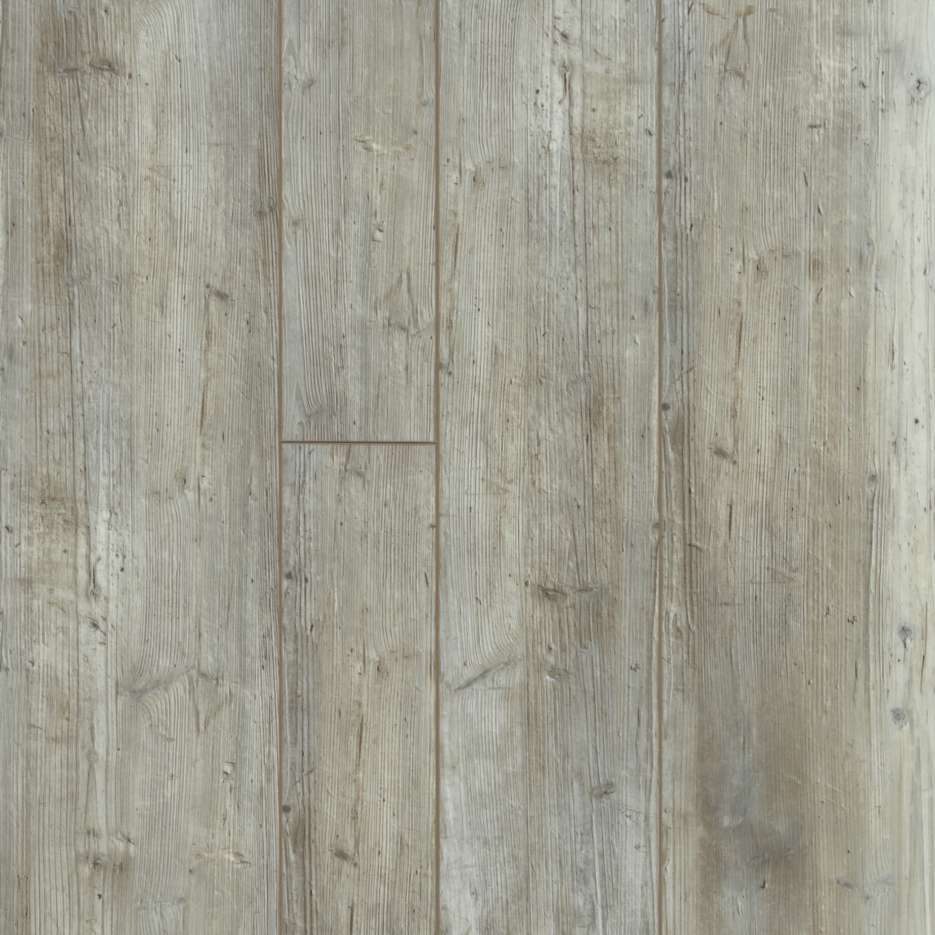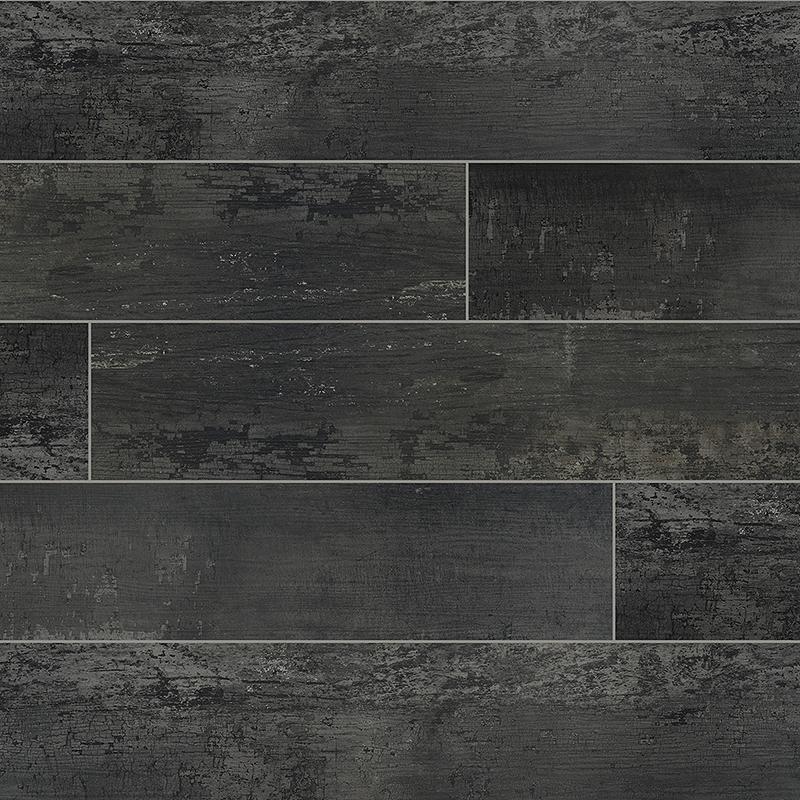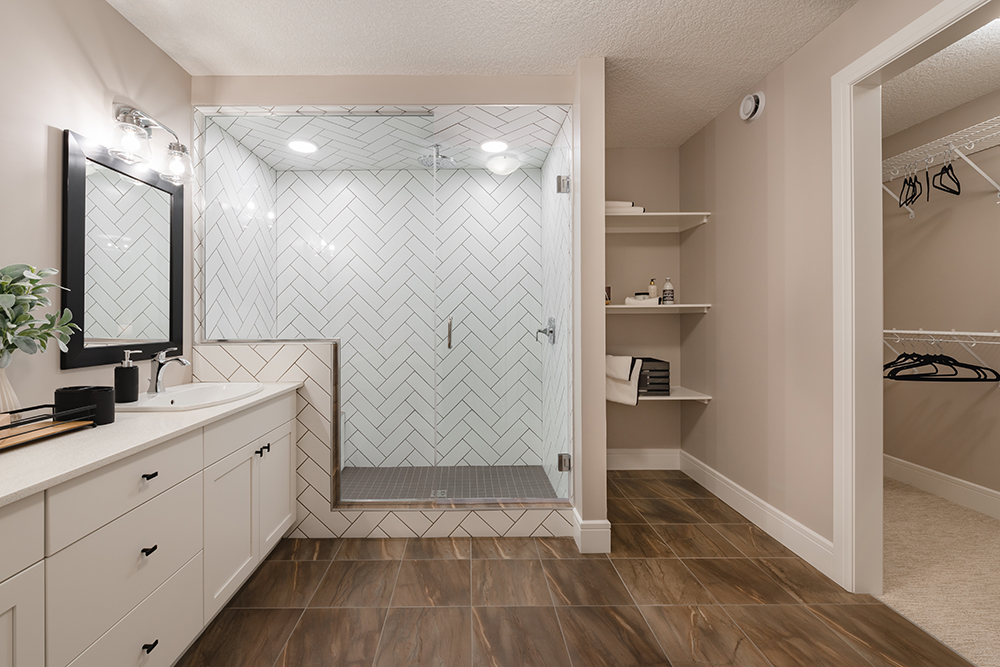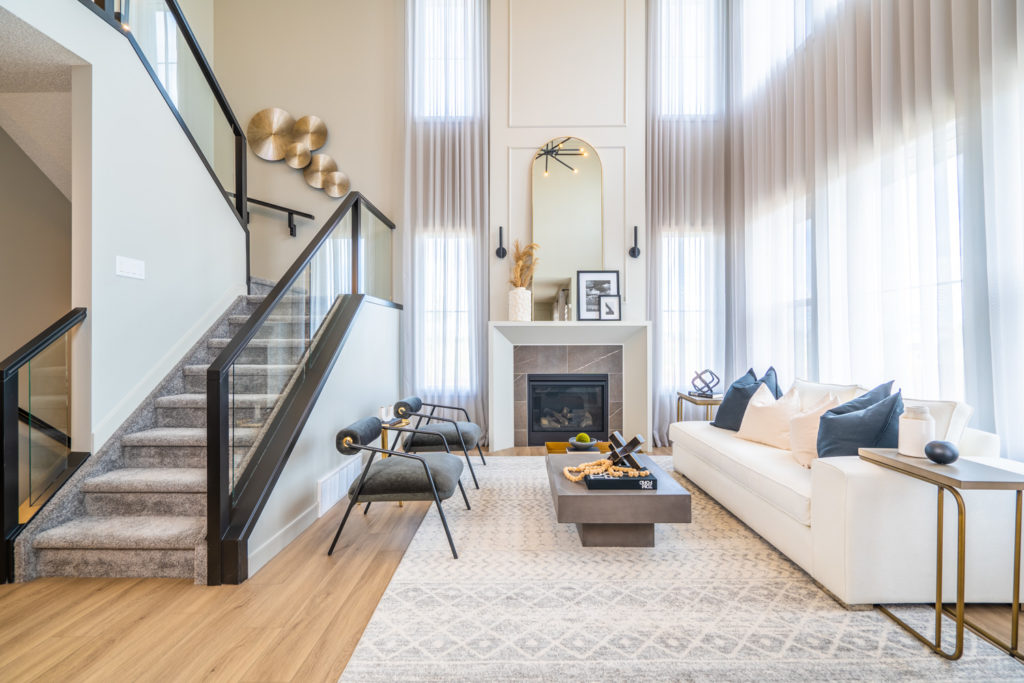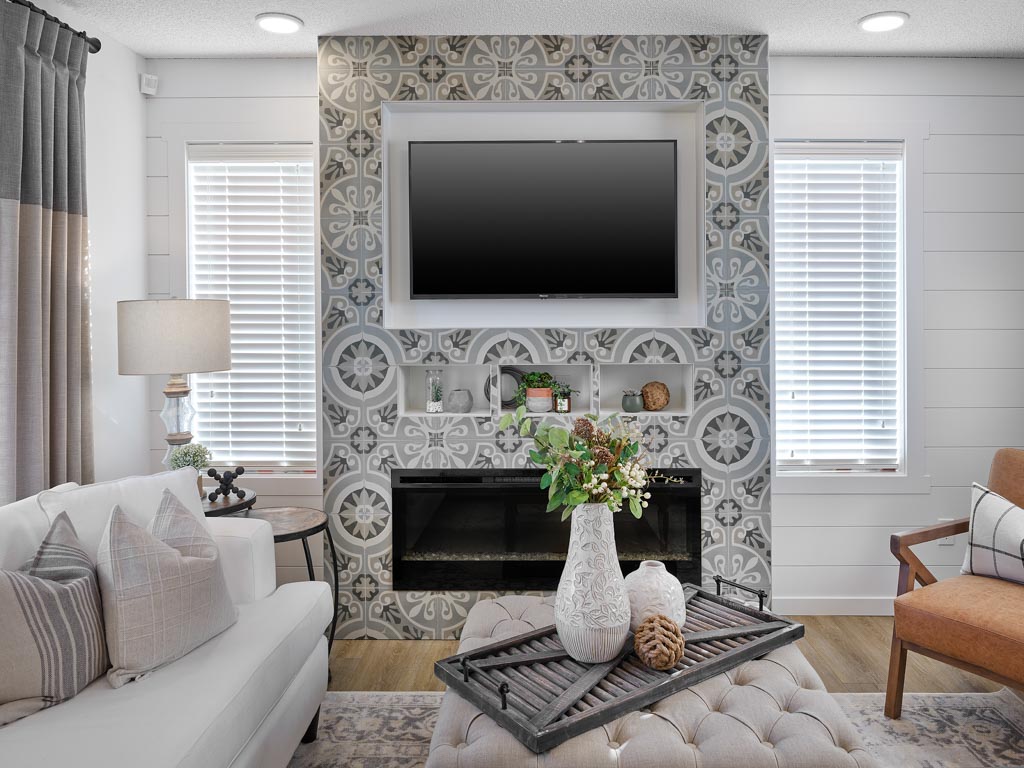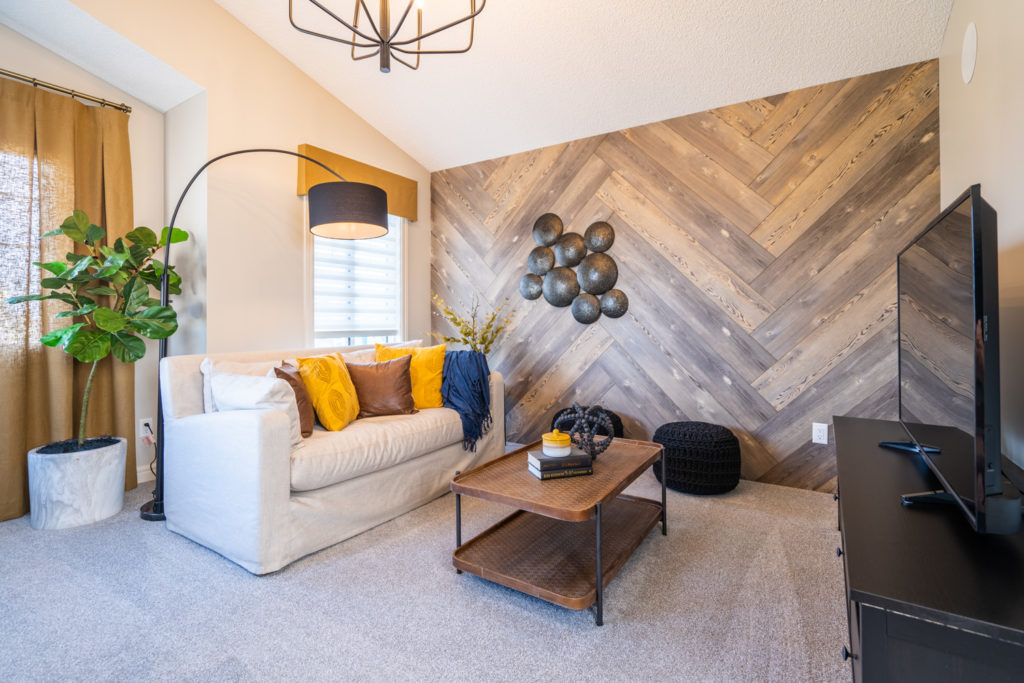When you have your interior selections appointment at designQ, one of the products you will be selecting is the tile surround for your tub & showers. *
There are a few different options when it comes to what type of tub and/or shower you can have. Additionally, there are a few tile choices as well.
To learn about these options check out our video below. We show you exactly what the options will look like, and how we’ve installed the tile. There are also some inspiration galleries below to show you just a few of the endless options you can have in your home.
Get Inspired
These showhomes showcase how you can add 6″ or 12″ tile above a fiberglass tub & shower surround. You can choose either a wall or floor tile.
These showhomes showcase how you can add tile to the ceiling above a fiberglass tub & shower surround. You can choose either a wall or floor tile.
These showhomes showcase how you can add remove the fiberglass surround from the tub, and fully tile the walls 6′ high or all the way to the ceiling. You can choose either a wall or floor tile.
These showhomes showcase an array of shower options – from a simple tile with fiberglass base, to a fully decked out shower with tiled floor, walls & ceiling. You can choose either wall or floor tile for the walls & ceiling. A tiled shower base requires specific tile suited for that purpose.

